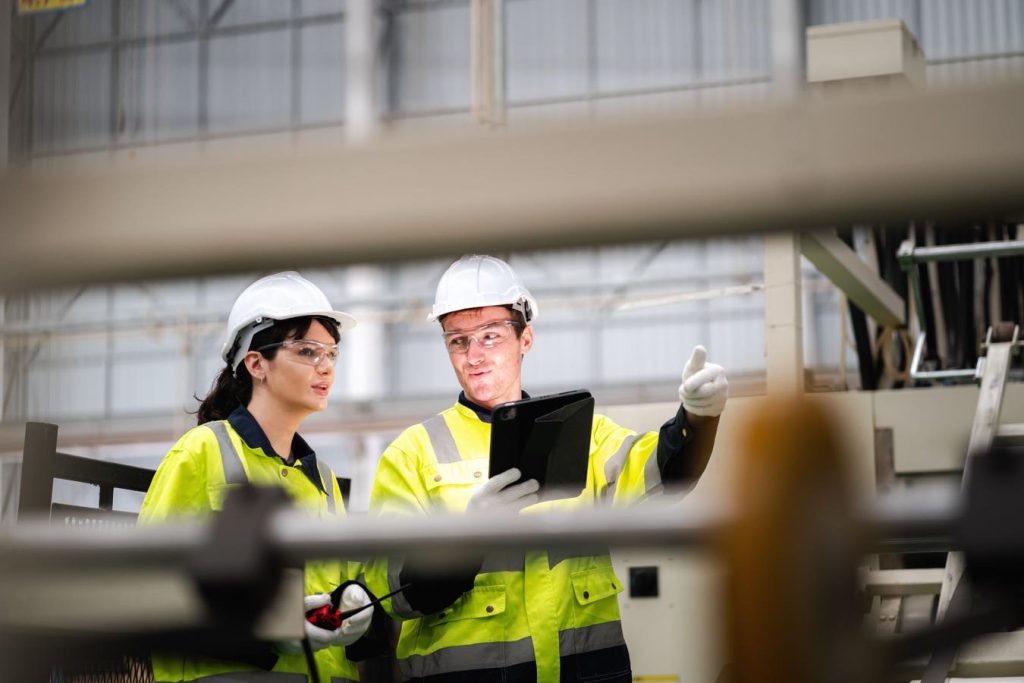The President and CEO of SteelCraft, Kevin Stevick, discusses the potential labor shortage facing the manufacturing industry in the US. A study by the Manufacturing Institute predicts 2.1 million unfulfilled jobs by 2030 due to a lack of skilled labor. To address this challenge, the industry must attract Gen Z and younger generations to take on skilled and leadership roles.
The younger workforce’s preferences for work-life balance and flexible work options are at odds with traditional manufacturing practices. Many Gen Z workers prioritize incentives like mentorship, clear career paths, and innovation over middle-management promotions and higher pay. This shift in values poses a challenge to the industry’s future, as younger people seem less interested in skilled labor and management roles.
To make the manufacturing sector more appealing to younger generations, Stevick suggests a multifaceted approach. This includes revamping recruitment and training processes to highlight opportunities for innovation and creativity. Emphasizing technology and innovation, redefining leadership and career development, and promoting work-life balance and employee well-being are essential strategies to attract and retain younger talent.
By incorporating modern technologies and methodologies into training programs, manufacturing companies can make the industry more engaging and relevant to Gen Z. Embracing automation, artificial intelligence, and other cutting-edge technologies can showcase the industry’s efficiency and innovation potential. Redefining leadership roles to focus on mentorship, team collaboration, and project-based achievements can also appeal to younger workers seeking meaningful work and a positive work environment.
Promoting work-life balance through flexible work arrangements, well-being programs, and a supportive work culture can significantly enhance job appeal to Gen Z candidates. Companies must adapt their strategies and practices to align with the values and ambitions of the younger generation, ensuring a robust, dynamic, and inclusive workforce ready for the future. Embracing change and evolving industry practices are essential steps for the manufacturing sector to thrive in the years ahead.


